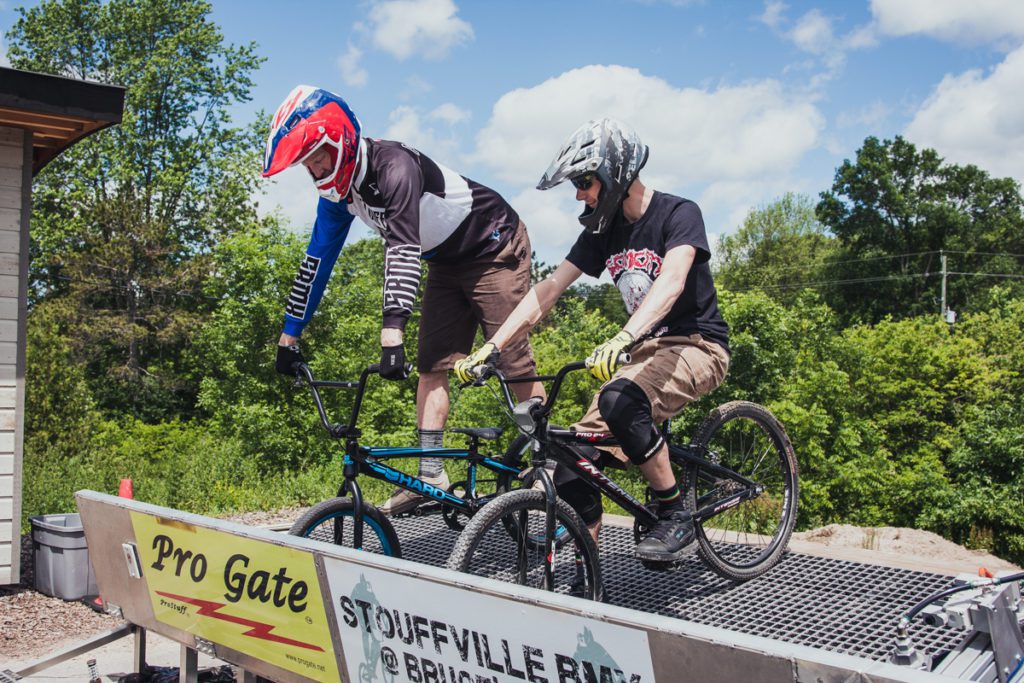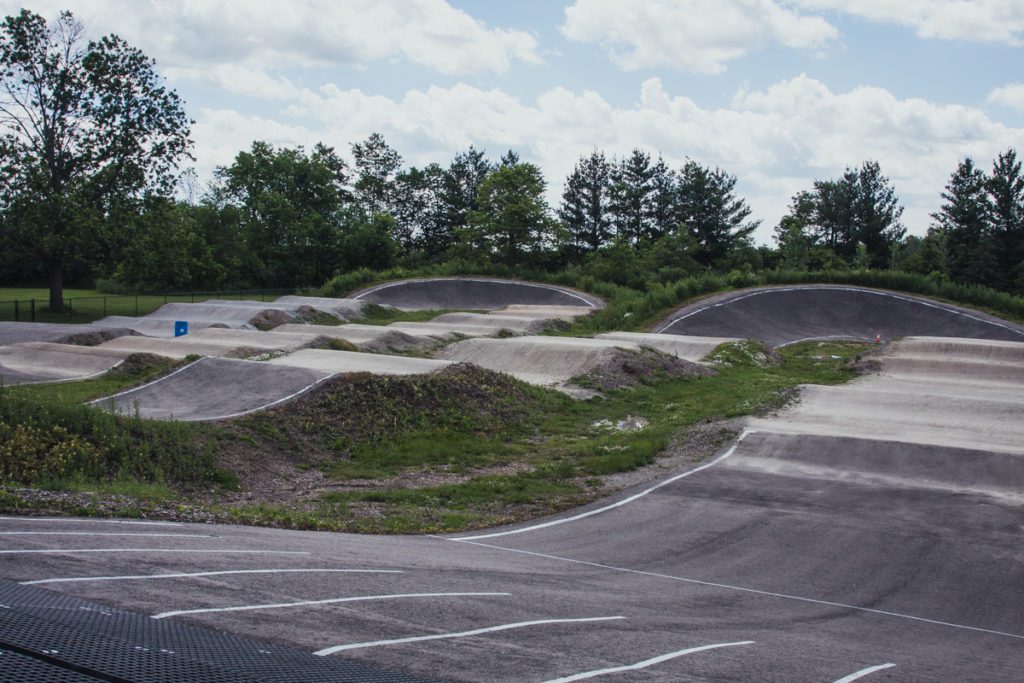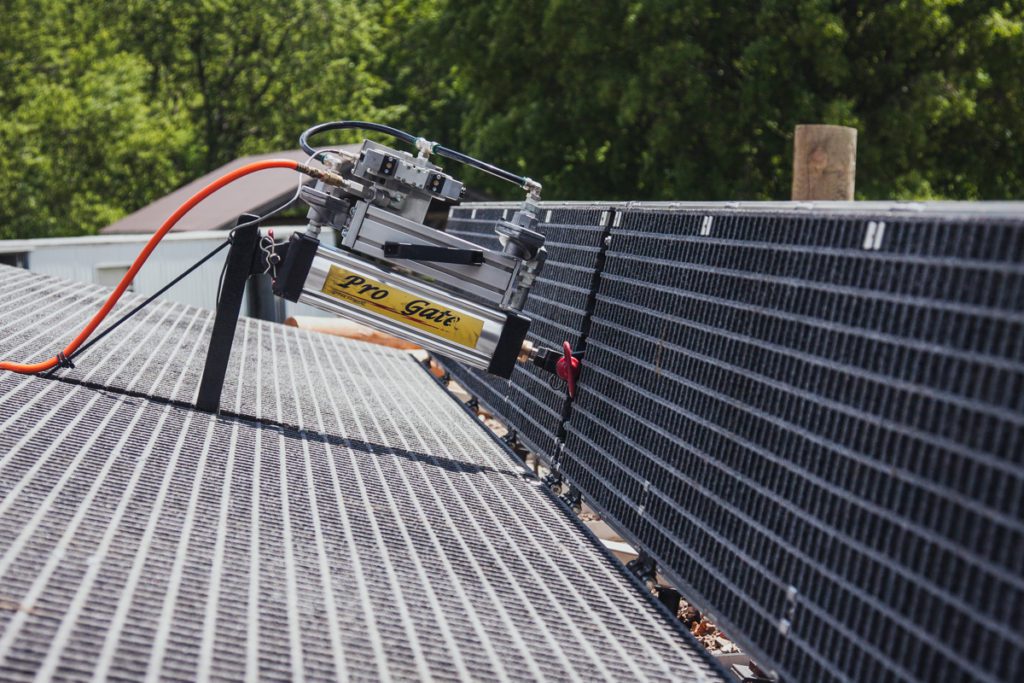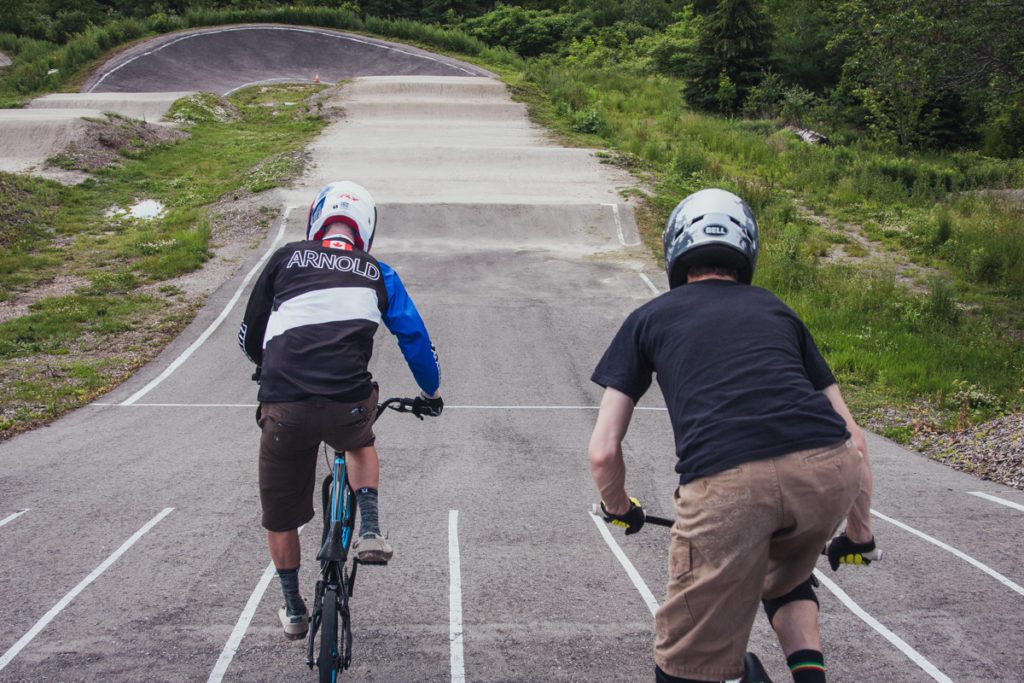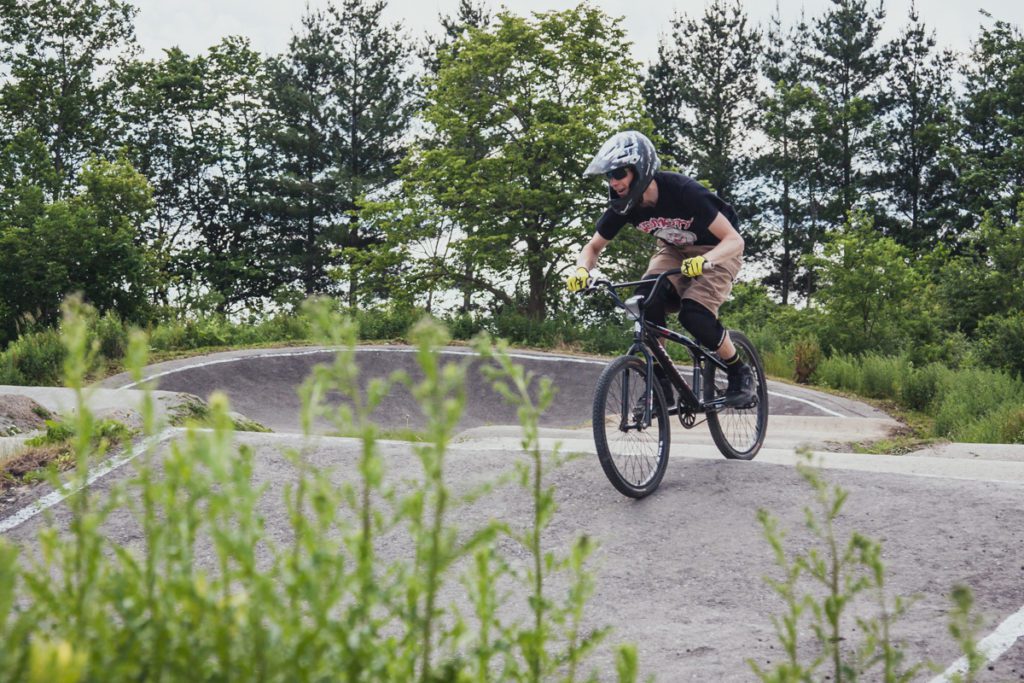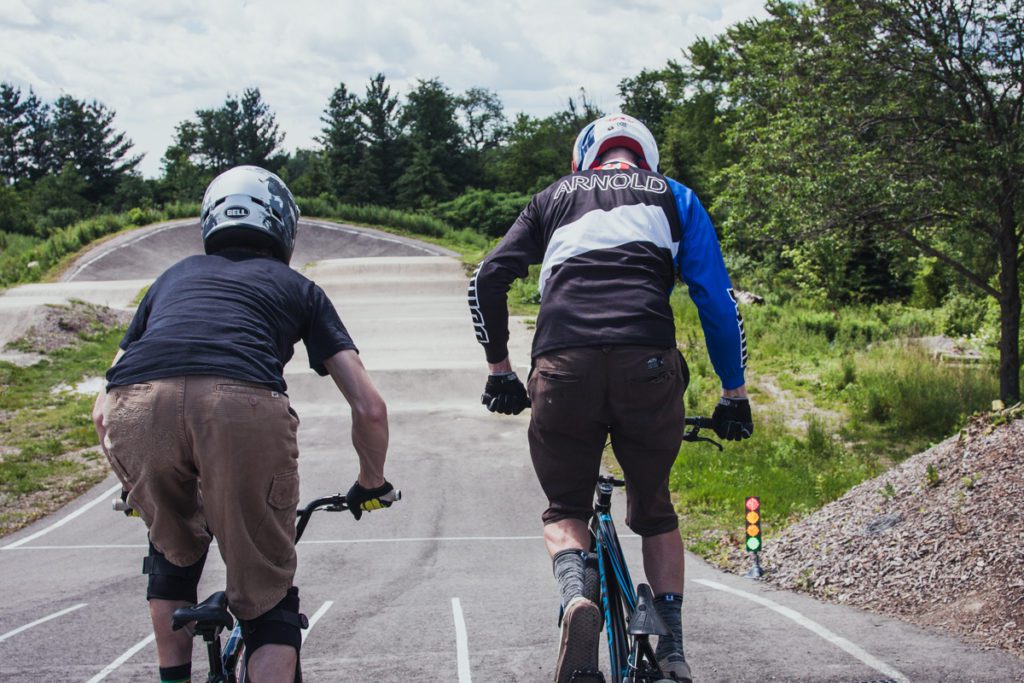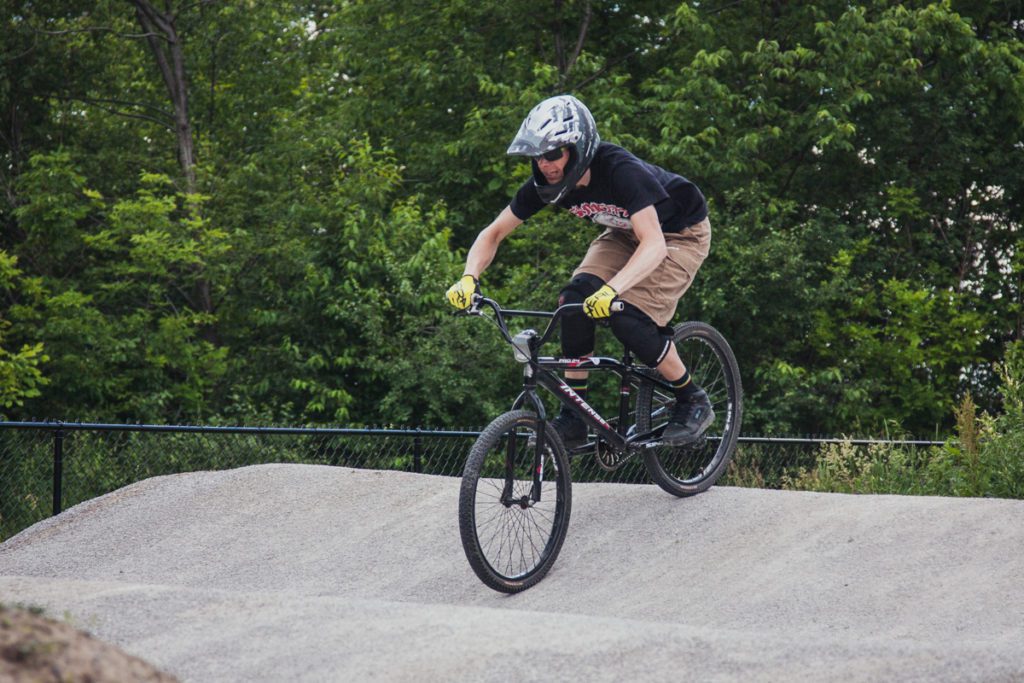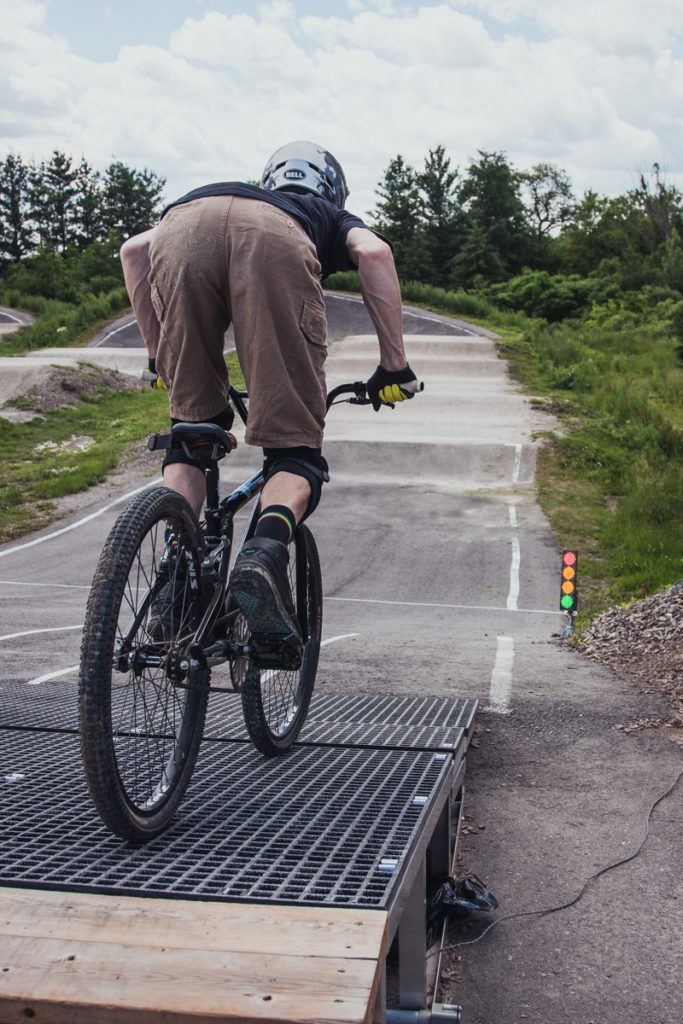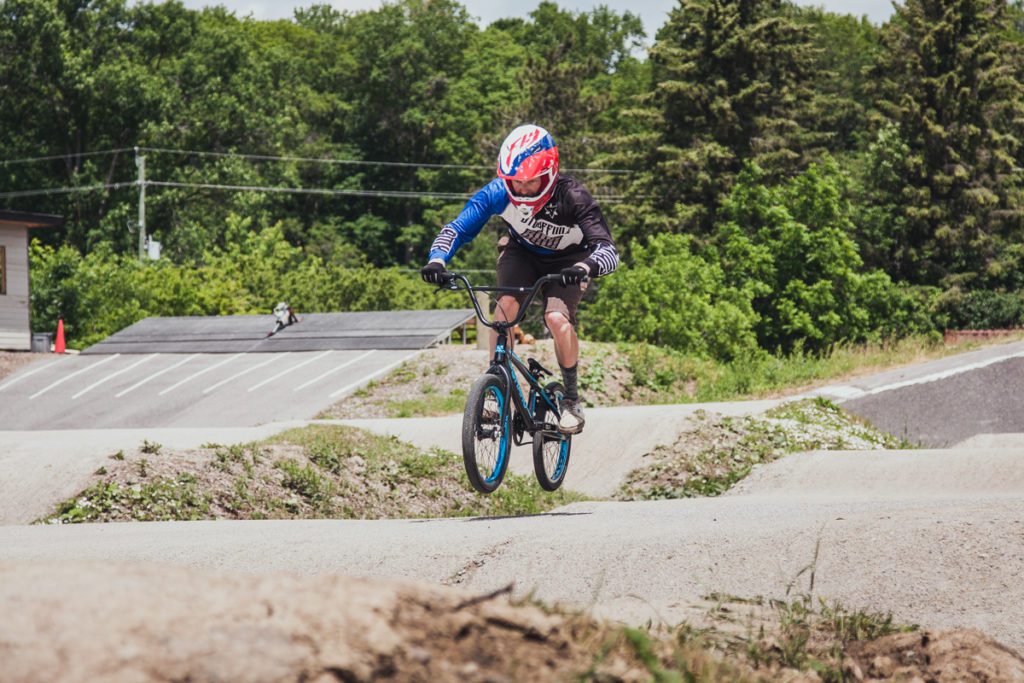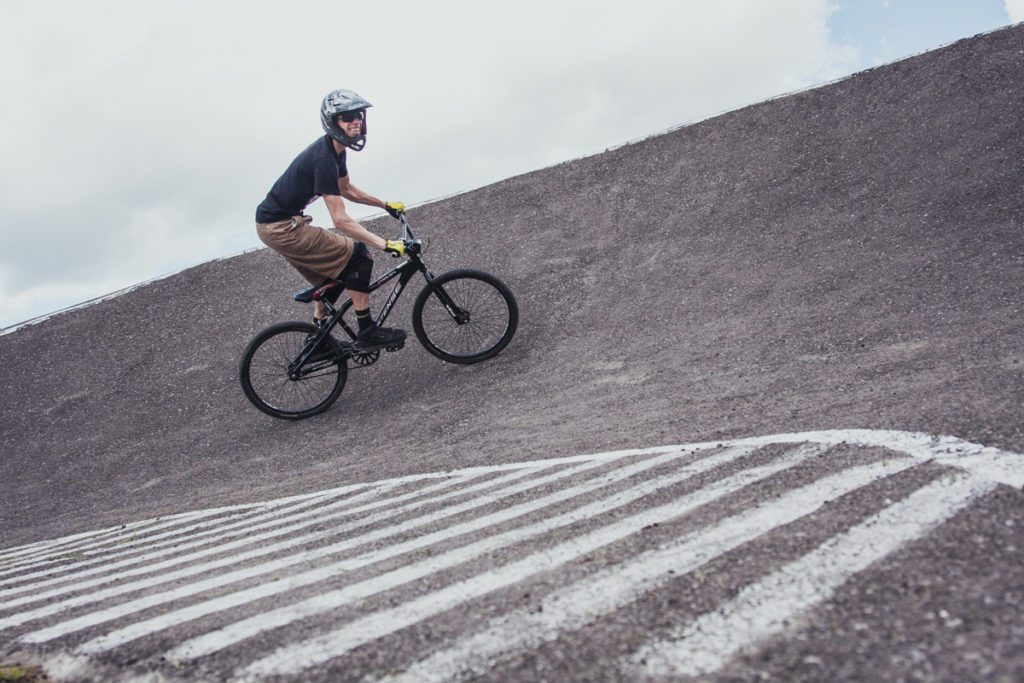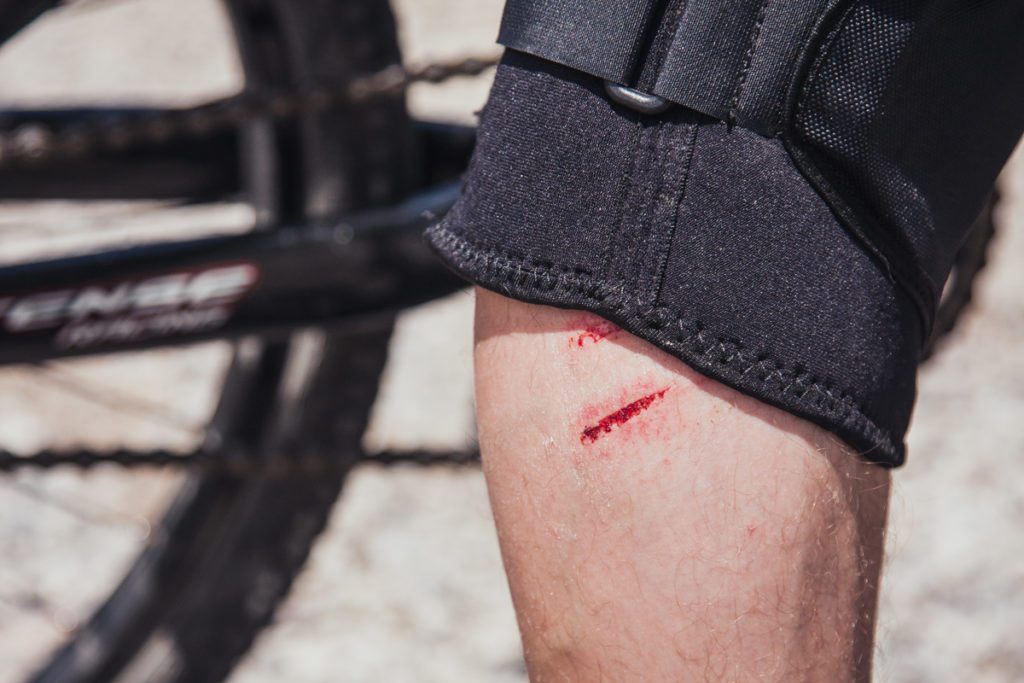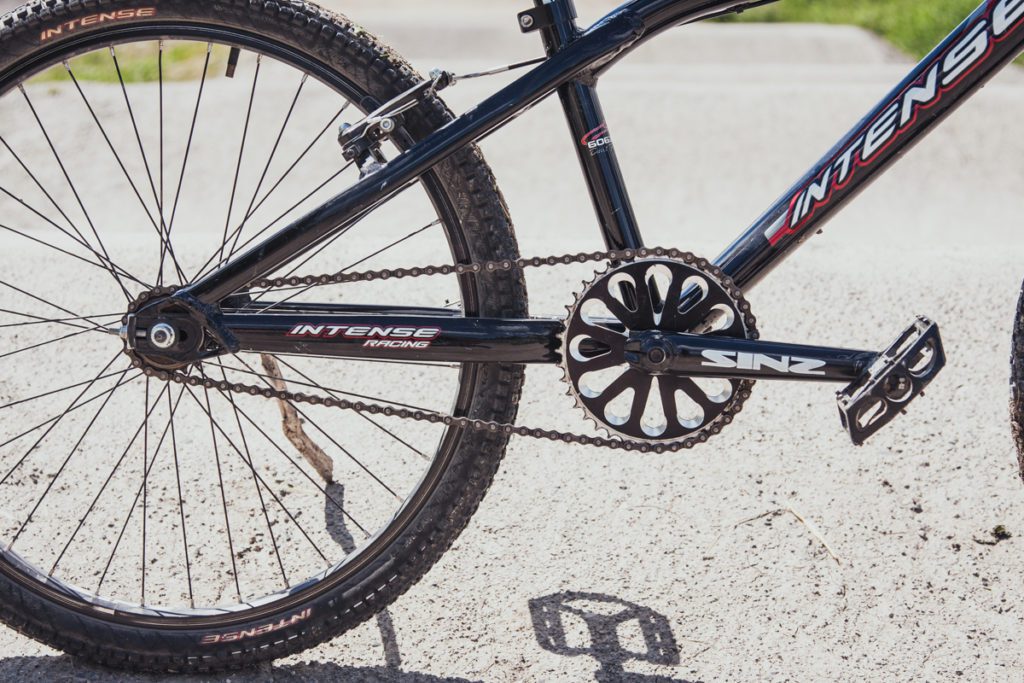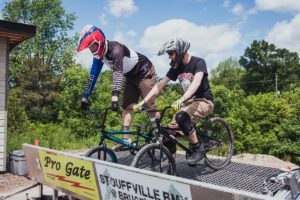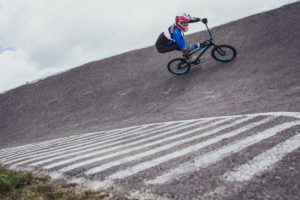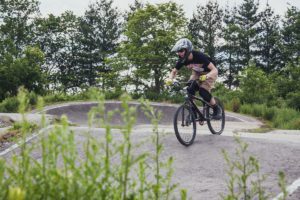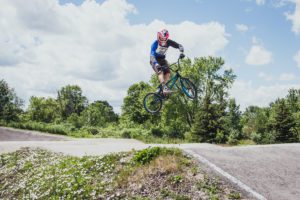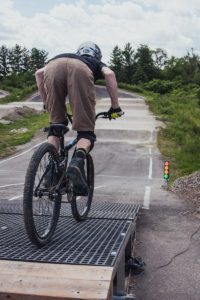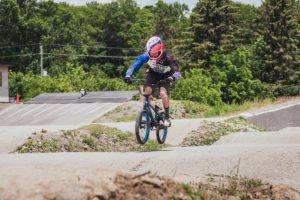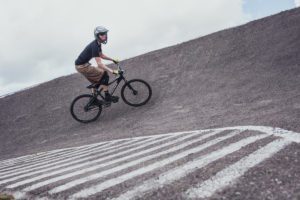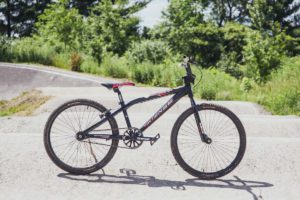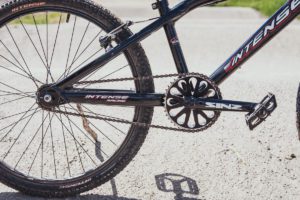6 things I learned riding BMX
I rode on a BMX track. Here's why you—roadie, MTBer or CXer—should, too

Like the kids who are back in school, I should tell you what I did this past summer. I got rad. Not totally rad, but a little rad. And you should, too.
In late June, Canadian Cycling Magazine photo editor Matt Stetson and I met Brendan Arnold. He’s a BMX coach with Cycling Canada and a longtime BMX rider from Down Under. He also runs the track in Stouffville, Ont., about 40 km north of Toronto. We met at the track. Arnold outfitted me with BMX bike, a style of machine I hadn’t ridden since I was 12 years old. (Stetson has his own BMX bike.) I had to tuck in my ears into the helmet Arnold passed me.
Riding on a BMX track is not only wicked fun, it can provide you—whether you’re a roadie, mountain biker or cyclocross racer—with skills that will make you better on your bike, no matter what your preferred discipline.
Pumping on a BMX track

Pumping—unweighting and weighting the bike over the whoops on the track—is an essential BMX skill. You can get a lot of speed doing do. How much? Well, after I practised pumping, Arnold and I had a race. I went from the gate, pedalled where I could, and then pedalled out of the first turn. Then, I could only pump. After I came out of Turn 1, Arnold left the gate. He only pumped around the track. He beat me at the line.
Still, throughout our session, I got better at pumping. When I first did the rhythm section toward the final turn, I’d have to pedal out of that turn just to get over the next whoop. By the end of the day, I got enough speed to get me through the turn and pumping right to the finish. One of the keys to a good pump is the ratio of force, front and back, you apply when weighting the bike. Arnold recommends applying about 30 to 40 per cent of the force from your front (arms and upper body) and about 70 to 60 per cent from your back (legs and lower back). It’s the same ratio of a good mullet.
In cyclocross races, I’ve often encountered dips and rises that can be managed by pumping. Stetson uses his pumping skills on the trail. It’s free speed. Why not get it?
Lining up at the gate
The Stouffville track has a professional-level starting gate. A barrier rises up, riders line up—eight across—with their front wheels against the gate and balance with their feet on flat pedals. Down to the right, the lights go from red, yellow, yellow to green. The gate drops and the riders take off.
Lining up at the gate, like pumping, took a bit of work for me. I’m no slouch with a track stand, which I employ mostly at stoplights on my commutes. Some stands are better than others, but I can always clip out when the red light takes too long to change. I have to admit, it’s a fidgety track stand. The stand for BMX is different.
In Stouffville, my front wheel rested against the gate. I sat on the saddle, which was down low. My pedals were at 6 and 3 o’clock. I started with my left foot on. Whenever I brought up my right, I bobbled. My right foot when down. This process continued for what seemed like an eternity. Why couldn’t I get it? Hell, I’ve done track stands on a velodrome. I collected myself and stared ahead. Then, I started to get it. (I think this arduous process took maybe 10 or 15 minutes.) Soon, I’d be ready for the gate to drop.
There’s something Zen about standing at the gate. You have to be calm and collected. Arnold told us how elite athletes often try to break each others’ concentration on the line with chirps and even farts. Staying focused and relaxed is the way to get through it all.
Being able to stand still on your bike is a great skill, not just for starting gates. In a group ride, a clumsy start at an intersection could have you stopped for a few moments, clipped in, before things get moving. In the early turns in a CX race, traffic can bring you to a halt. If you can stay clipped in, you can get moving just a little bit quicker, especially compared with those who had to put their feet down.
The snappy start
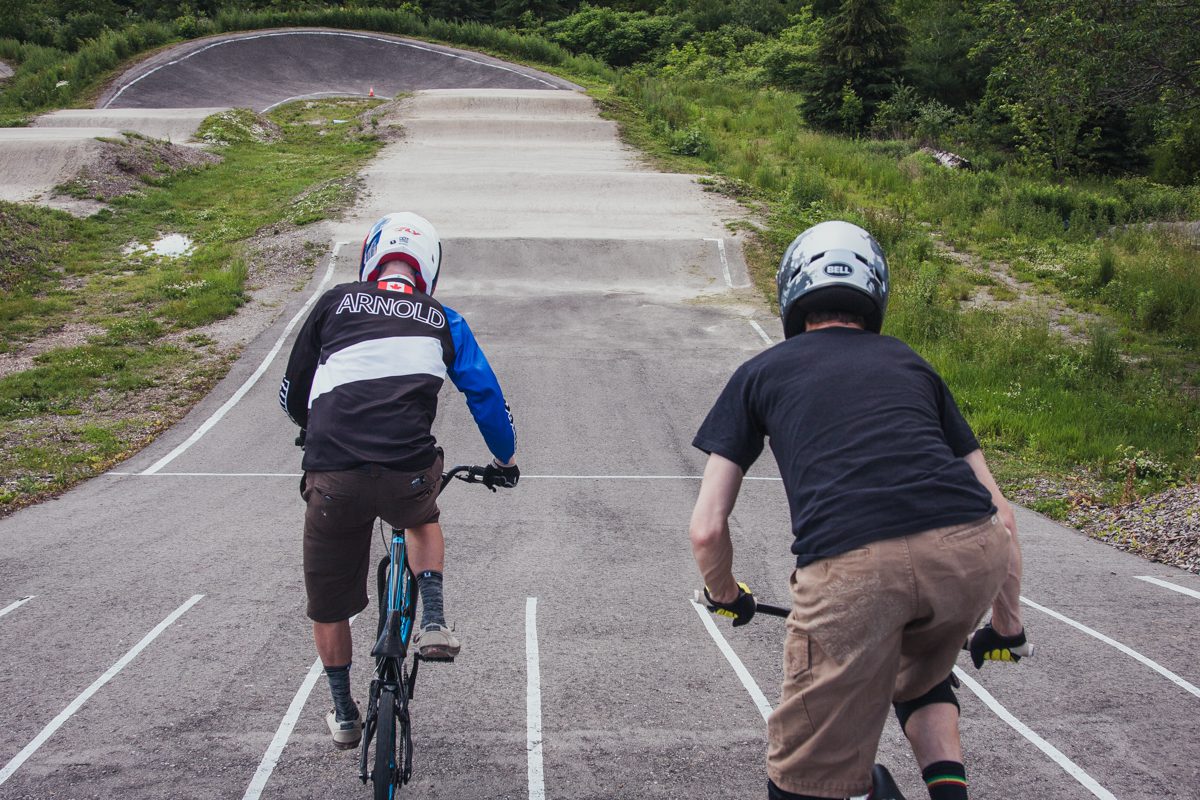
Once I could stand at the gate, it was time to work on my start. With my feet on the pedals, I had what’s called the setup. Then, came the pre-load, standing on the pedals. For the load, I shifted my weight back past the saddled. As the gate came down, I did the snap: I thrusted my hips toward the handlebars to get me going down the ramp. Setup, pre-load, load, snap.
“Gate-start is so important,” Arnold said. At the Rio Olympics, the first three riders to make it to the kink, 5 m from the gate, would always be the riders who made up the podium.
While the setup, pre-load, load and snap are skills specific to BMX, there are other features of the gate-start that can help other cyclists. “There are a number of athletes, certainly mountain bikers, who have come out to learn to get aggressive, improve their reaction time and get moving quite quickly,” Arnold said. “‘Cross has that, too—that anticipation of that start.”
Never say, “One more time”
Arnold told us that a phrase you don’t use at the track is, “One more time.” You don’t say, “I’m going to try that jump one more time.” That, he said, is when accidents happen. If you’re in the mindset of “one more time,” you don’t bring the necessary concentration. Maybe thoughts of the post-ride freezie start to creep into your mind when you should be focused on the track.
Instead, the right language and outlook is, “I’m going to do this again.” It may seem like just semantics, but anything as easy as uttering the right phrase to boost focus and minimize accidents is a good thing. That’s a hack you can bring to your trail rides. Say, “I’m going to ride that technical section again,” instead of “I’m going to hit that technical section one more time.”
Get comfortable, get confident or find your inner bastard
It’s not always about pushing watts. “If roadies and trackies don’t have the skills”—such as bike handling and comfort riding in close proximity with others—”they can lack the commitment and belief in themselves that they can actually make something happen: make a move, bridge a gap, force a split or go faster through a turn. Those skills provide that one or two per cent improvement that people need. They need those things. Sometimes they think they don’t, but they really do. It will come to that critical instant in a race that they’ll need them,” Arnold said.
He then mentioned Robbie McEwan and his book One Way Road. In it, the feisty Aussie BMXer turned sprinter mentions his inner bastard. “McEwan talks about how there are so many times that he shouldn’t have won a bike race,” Arnold said. “But he knew within himself that he had the skills and abilities to take an elbow, take a hit or bunny hop a guy. It takes courage. And it takes commitment. If you believe you can do it, most of the time, you’ll achieve.”
The “good” part of the inner bastard is the confidence. (I’m sure you can be confident on your bike without being a jerk!) Riding on a BMX track will get you technical skills that can serve you on a mountain bike, for sure, and occasionally on the road and cyclocross course. Riding full tilt next to seven others, elbow to elbow, will make moving through a pack on the road seems like a waltz through an open field. It’s no wonder that young BMX riders can go on to other disciplines with ease when they are older.
Enjoy the freezie post-BMX ride
Arnold had freezies for Stetson and me after we finished riding on the track. Slurping frozen sugar water on a hot summer day after riding bikes was the perfect way to end things. Riding a BMX bike definitely brought out a childlike joy. The skills I worked on, however, will help my middle-age riding. I’m lucky that I live within riding distance of the BMX track built for the 2015 Pan Am Games. When I ride by it, early in the morning, now I head in, usually on my ‘cross bike, and work on some of things Arnold showed me at his track in Stouffville. It’s good for my riding, and so much fun.
